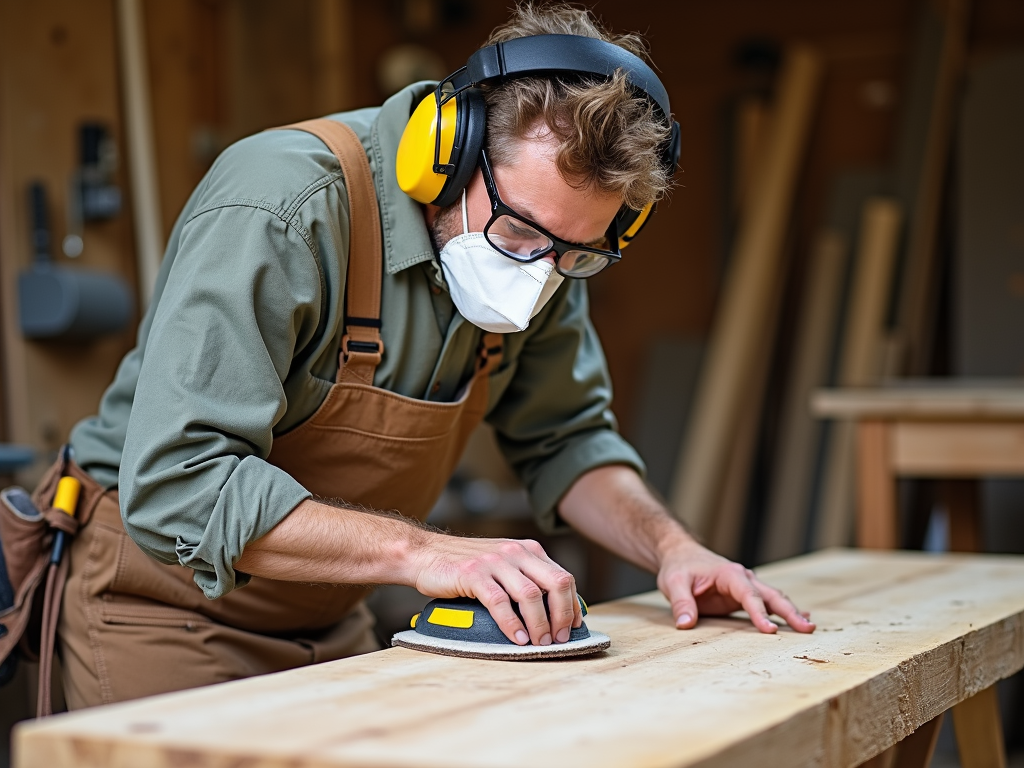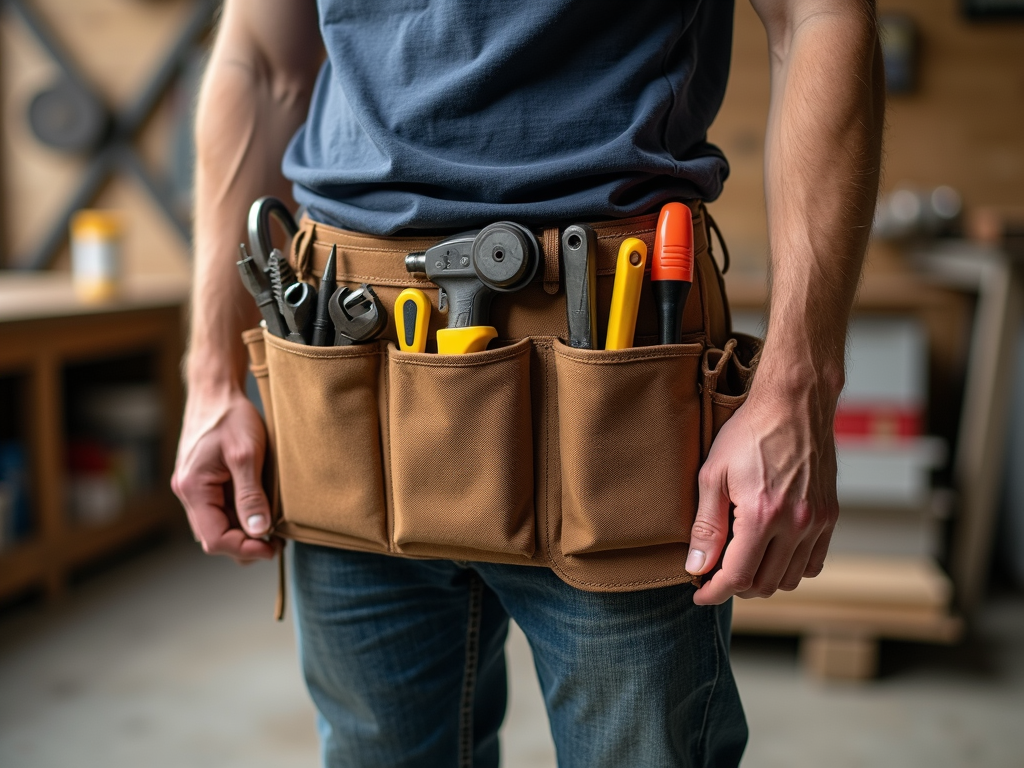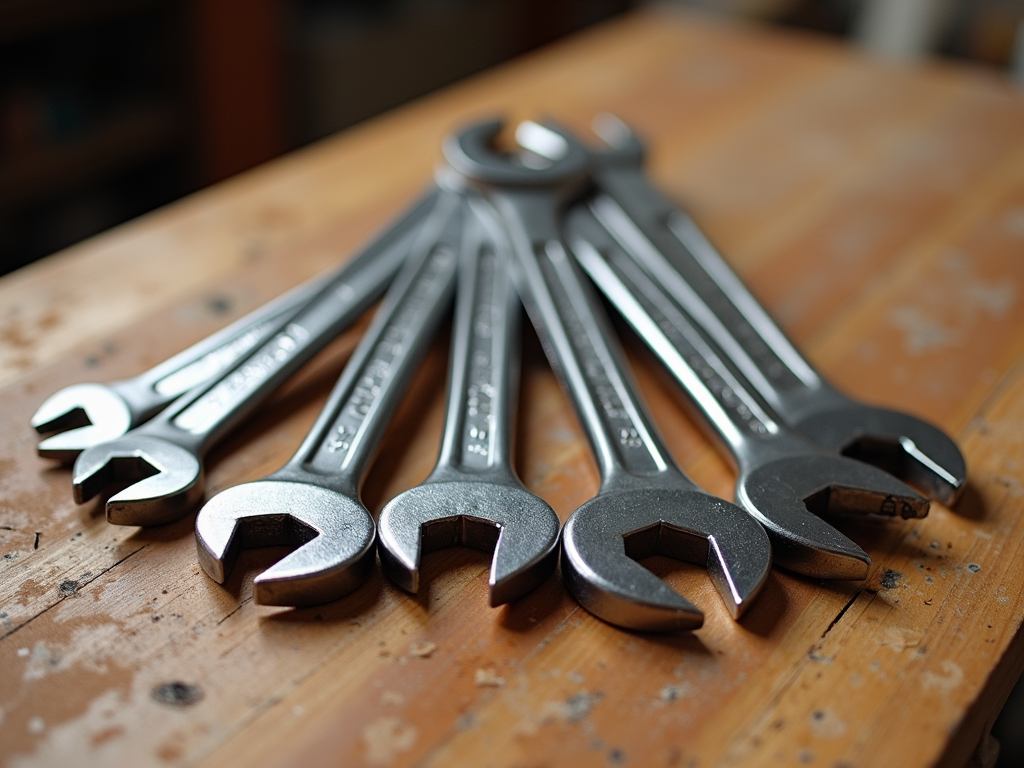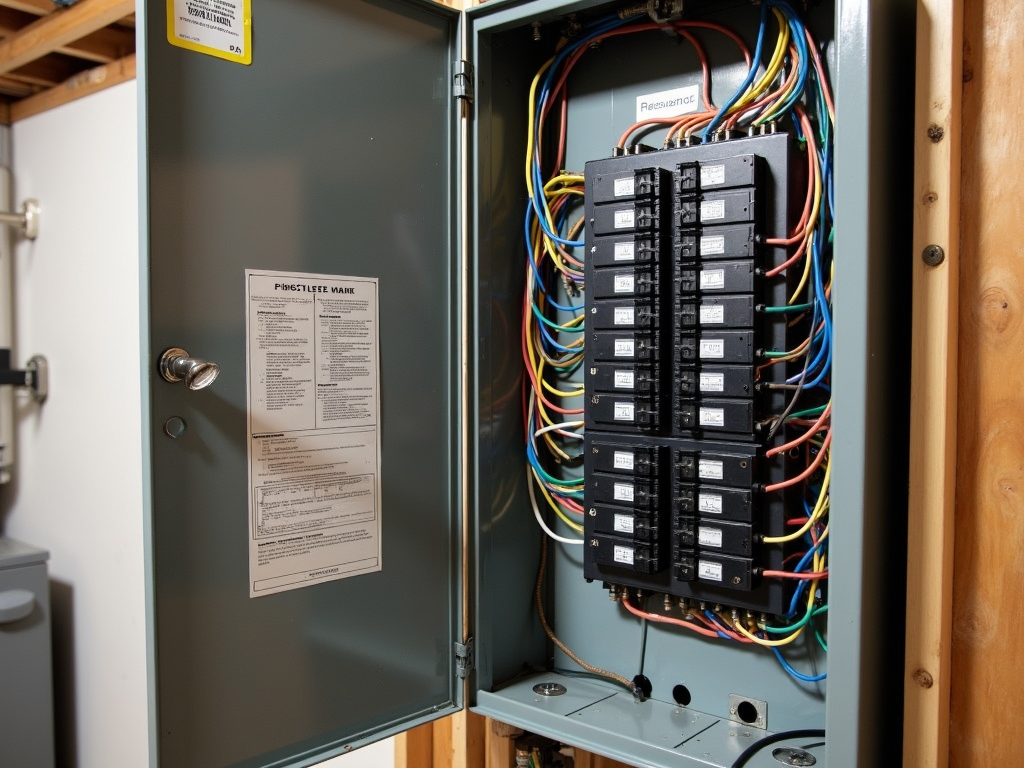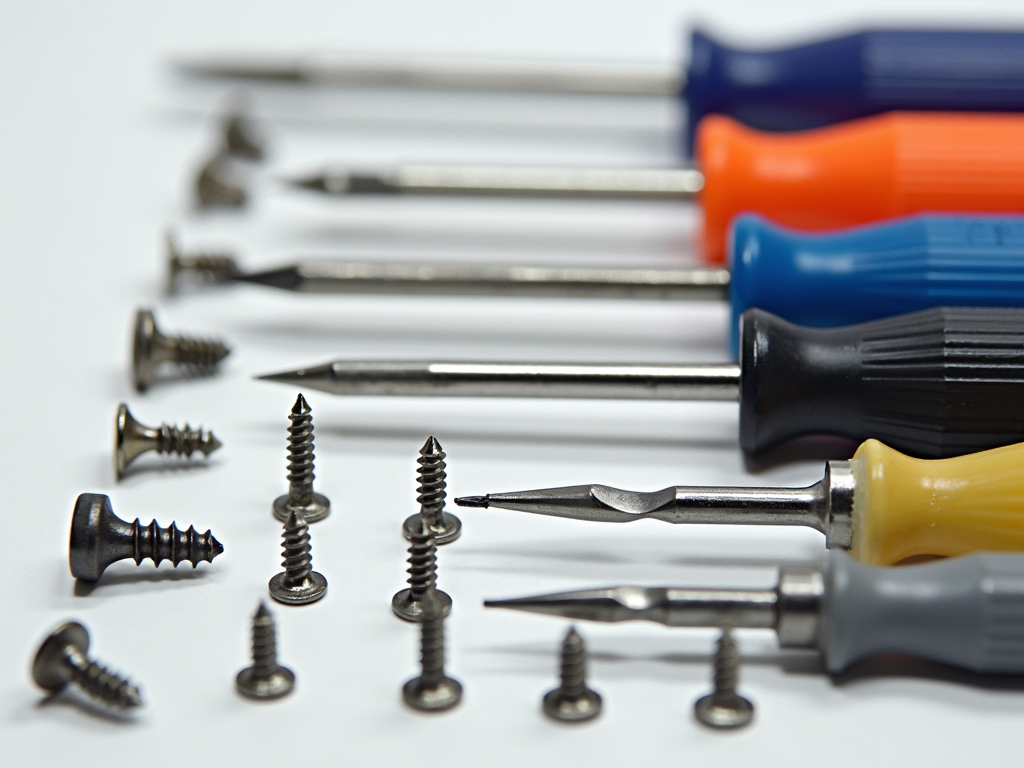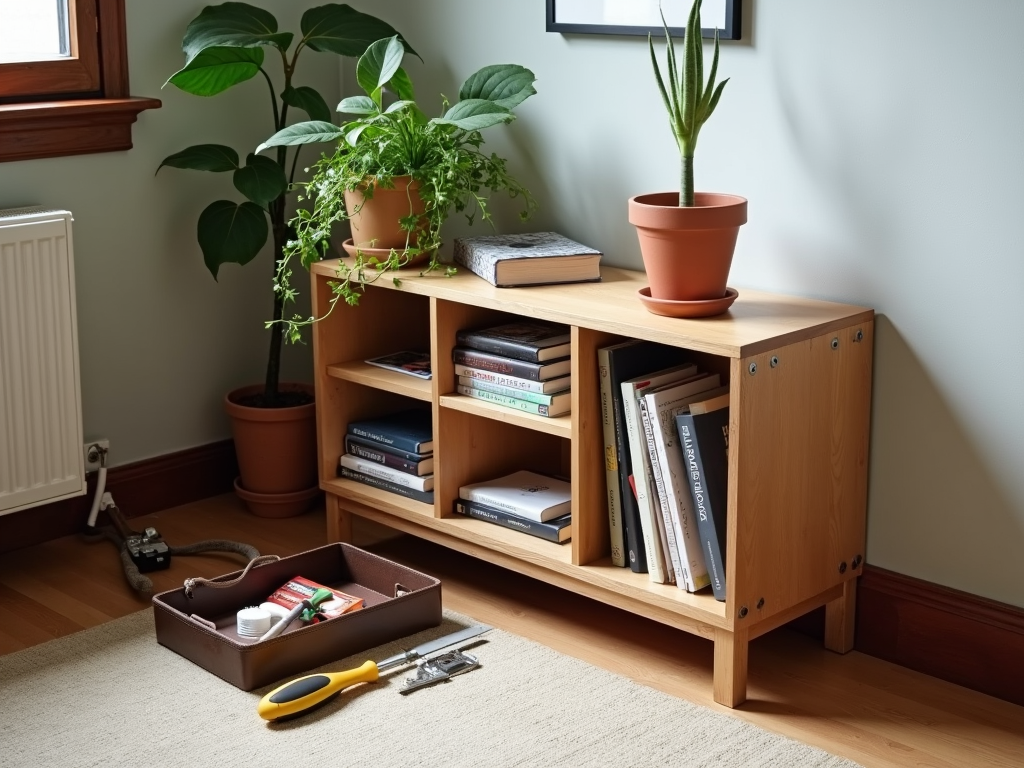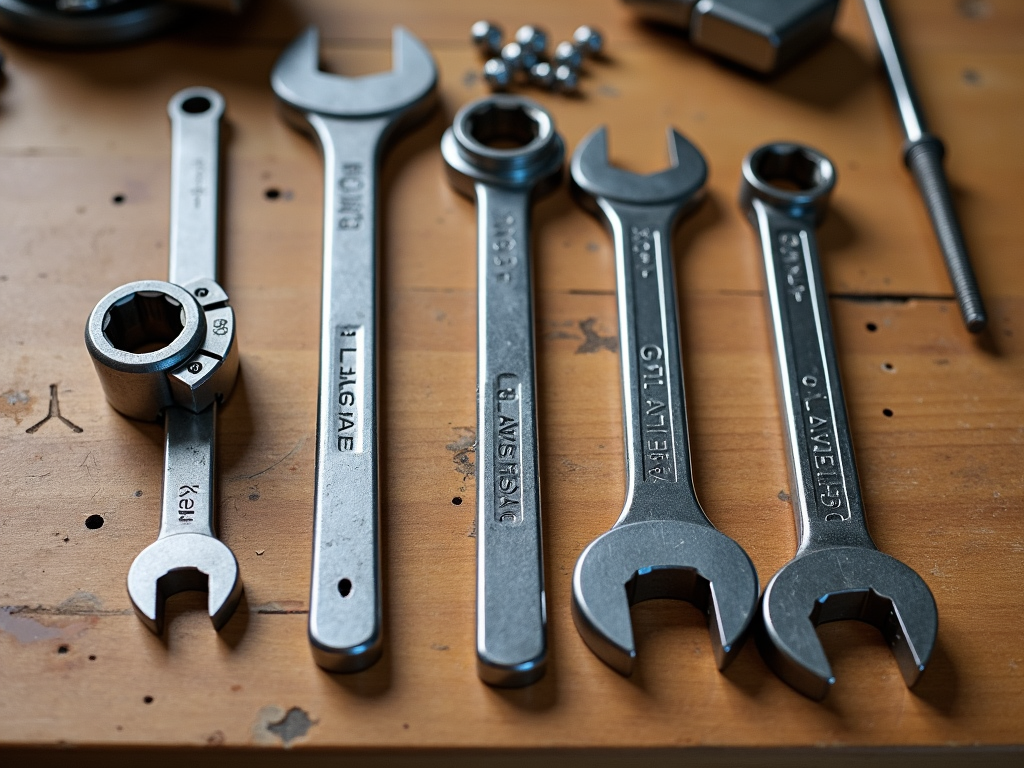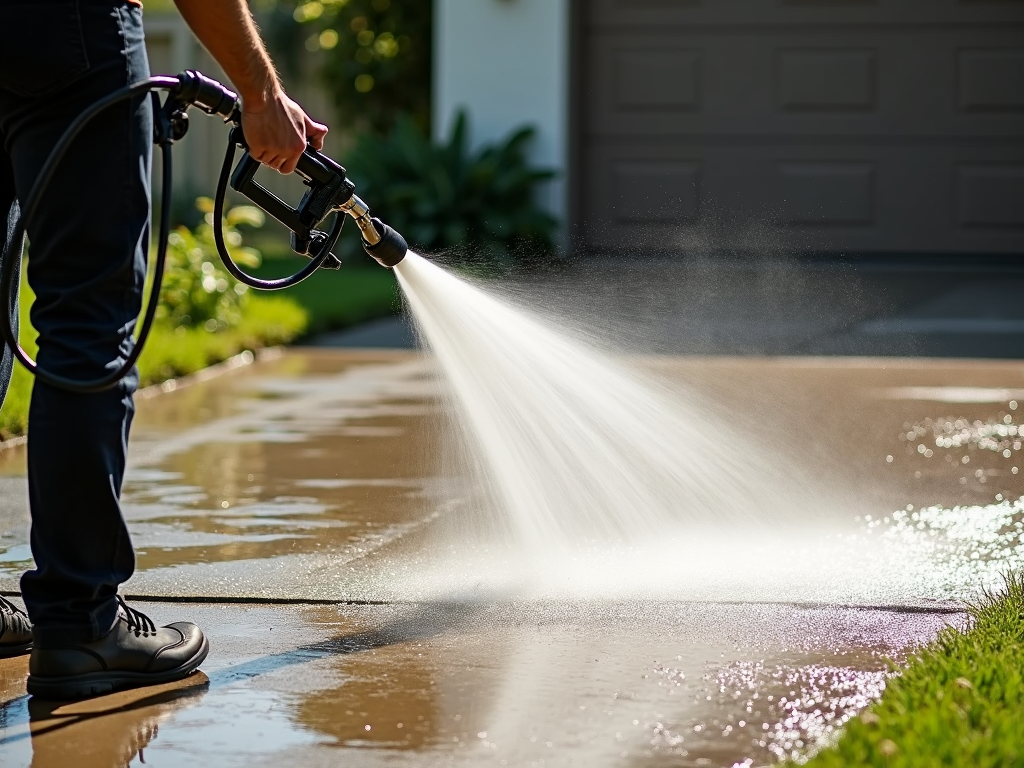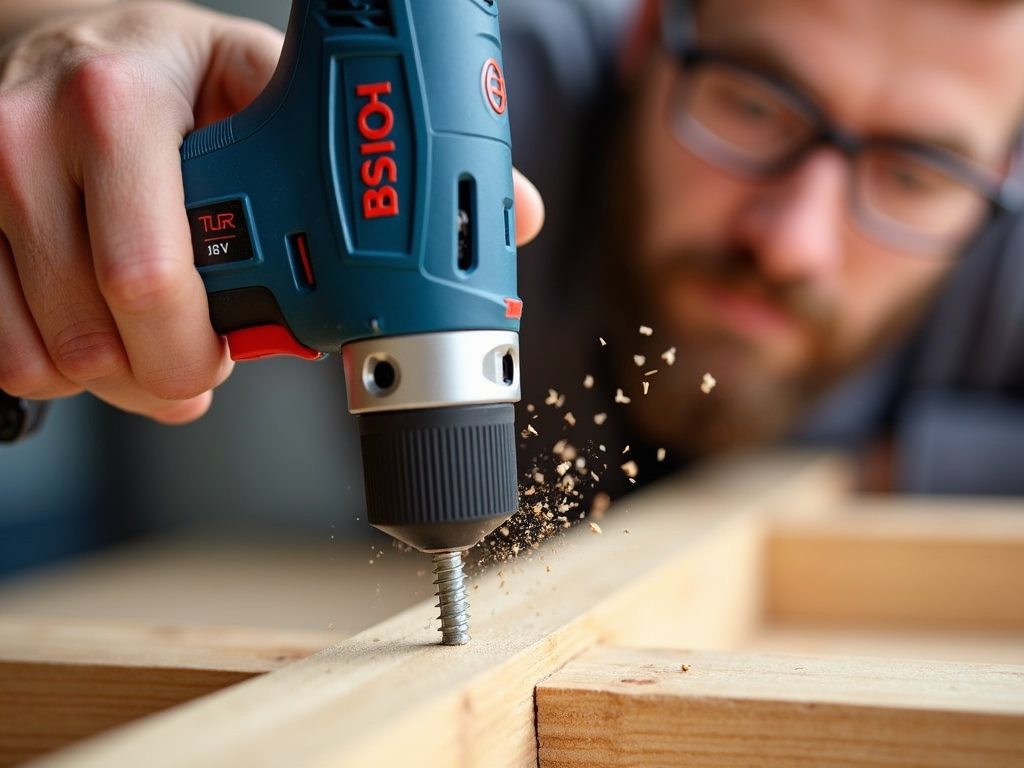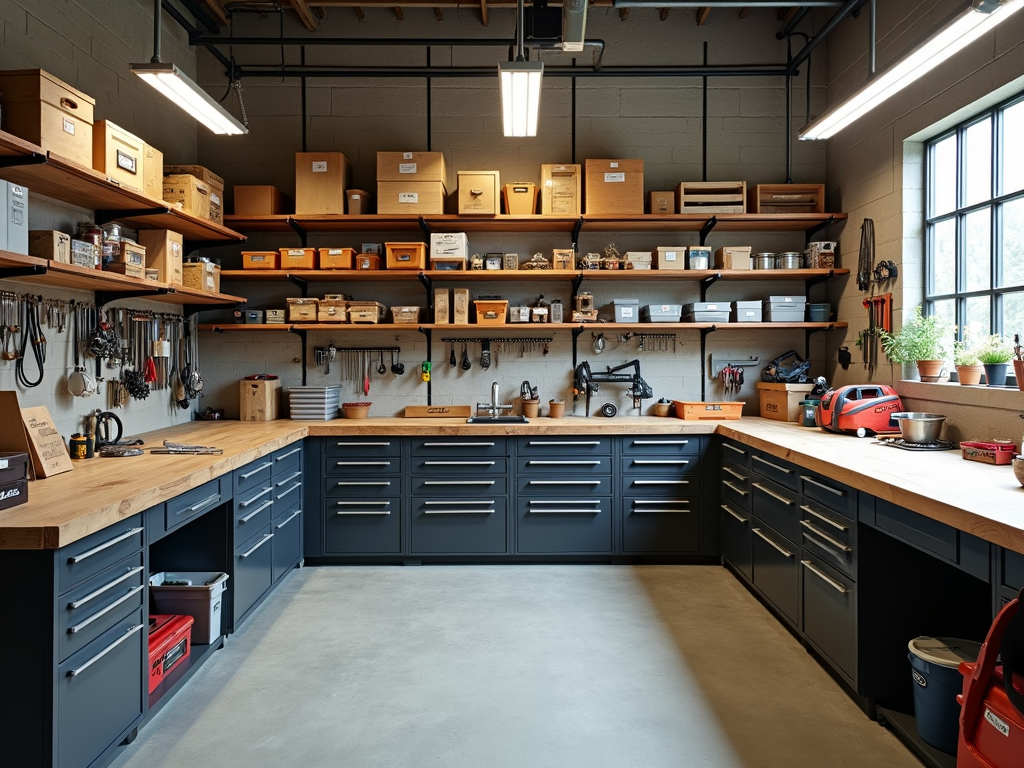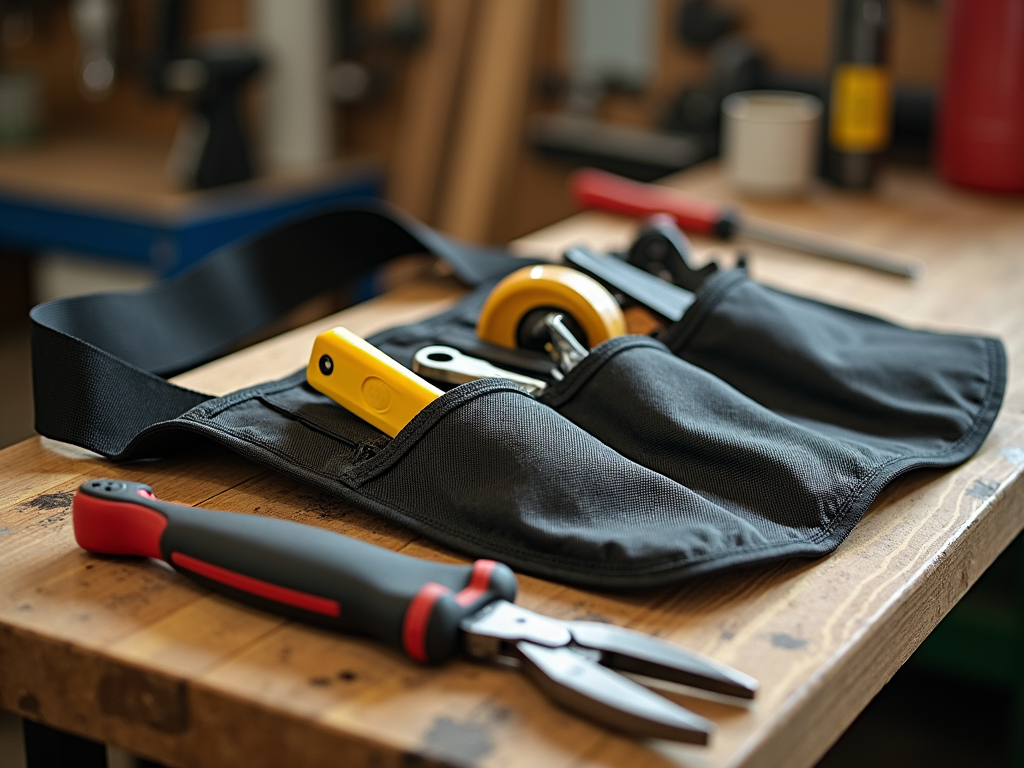Wrenches are must-have tools for anyone working with nuts, bolts, or fasteners. These workman tools come in many shapes and sizes, each built for specific tasks. Picking the right wrench makes your job easier, faster, and safer. In this guide, we’ll dive into the types of wrenches for different jobs to help you choose the perfect one for your next project.
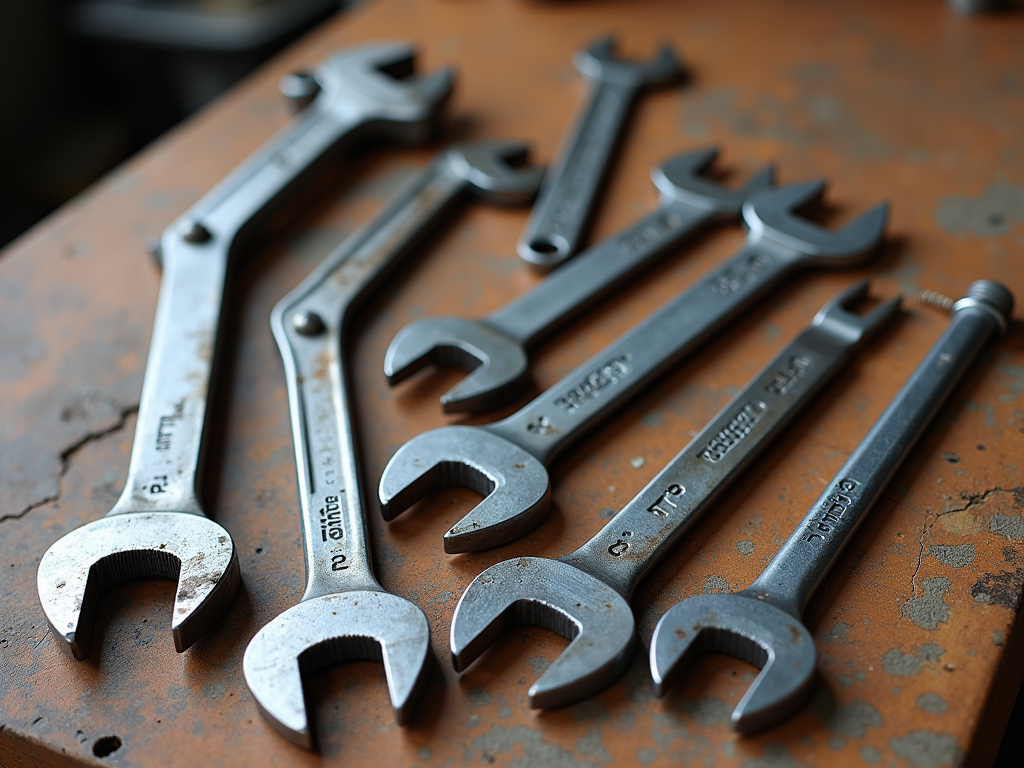
Adjustable Wrench
An adjustable wrench, often called a crescent wrench, is a flexible tool that fits different nut and bolt sizes. Its movable jaw adjusts to grip whatever you’re working on.
How it works: A screw on the wrench lets you widen or narrow the jaw. Turn it, and the jaw shifts to match the fastener size.
Best uses: This wrench shines for general tasks when you don’t have the exact size tool. Think assembling furniture, fixing plumbing, or tweaking a bike.
My take: I once fixed a leaky kitchen faucet with an adjustable wrench. Lacking the right size, I adjusted it to fit perfectly and stopped the drip in minutes.
Learn more about wrench varieties at The Family Handyman: Types of Wrenches.
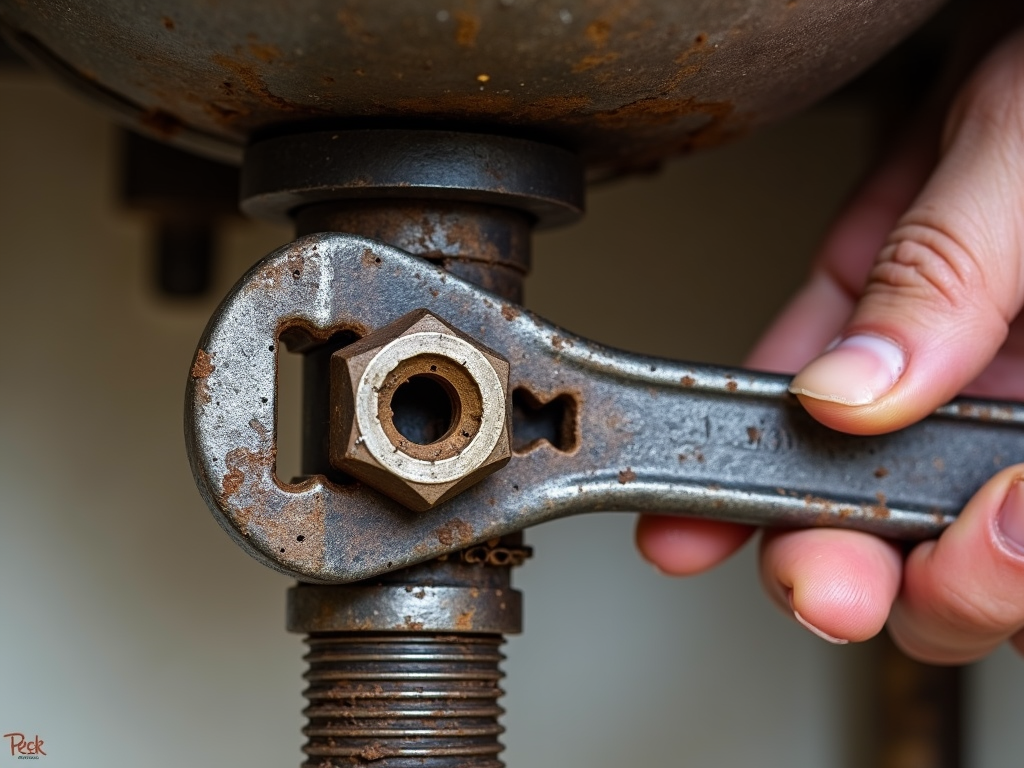
Socket Wrench
A socket wrench, or ratchet wrench, uses swappable sockets to tackle various fastener sizes. Its ratcheting feature lets you turn without lifting it off.
How it works: The handle has a square drive that locks into a socket. The socket fits over the bolt, and the ratchet lets you spin it back and forth.
Best uses: It’s perfect for jobs needing lots of turning, like car repairs or appliance fixes, especially in tight spots.
My take: Changing my car’s oil was a breeze with a socket wrench. The ratchet action sped up removing the drain plug without constant repositioning.
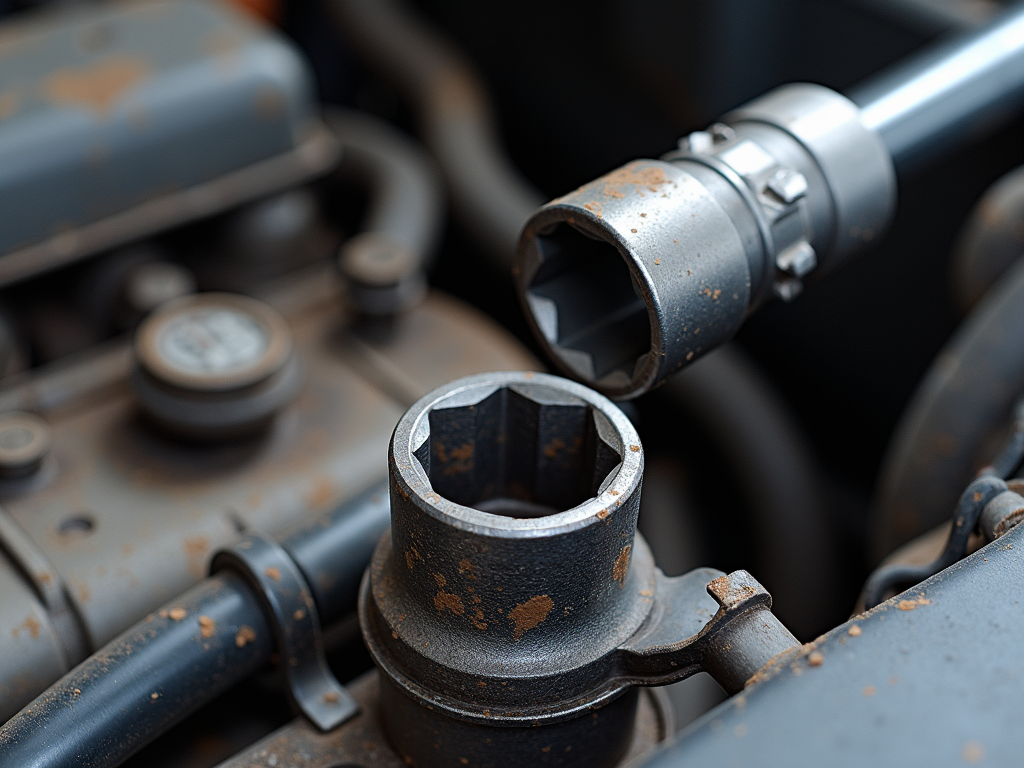
Torque Wrench
A torque wrench applies exact force to fasteners, critical for jobs where tightness matters, like car or machinery work.
How it works: Set the torque level, and it clicks or slips when you hit it, ensuring you don’t overdo it.
Best uses: Use it for tightening wheel lug nuts or engine parts where too much force could damage something.
My take: Rebuilding a small engine taught me its value. The manual listed torque specs, and this wrench kept me from ruining threads.
Check out Popular Mechanics: How to Use a Torque Wrench for a solid how-to.
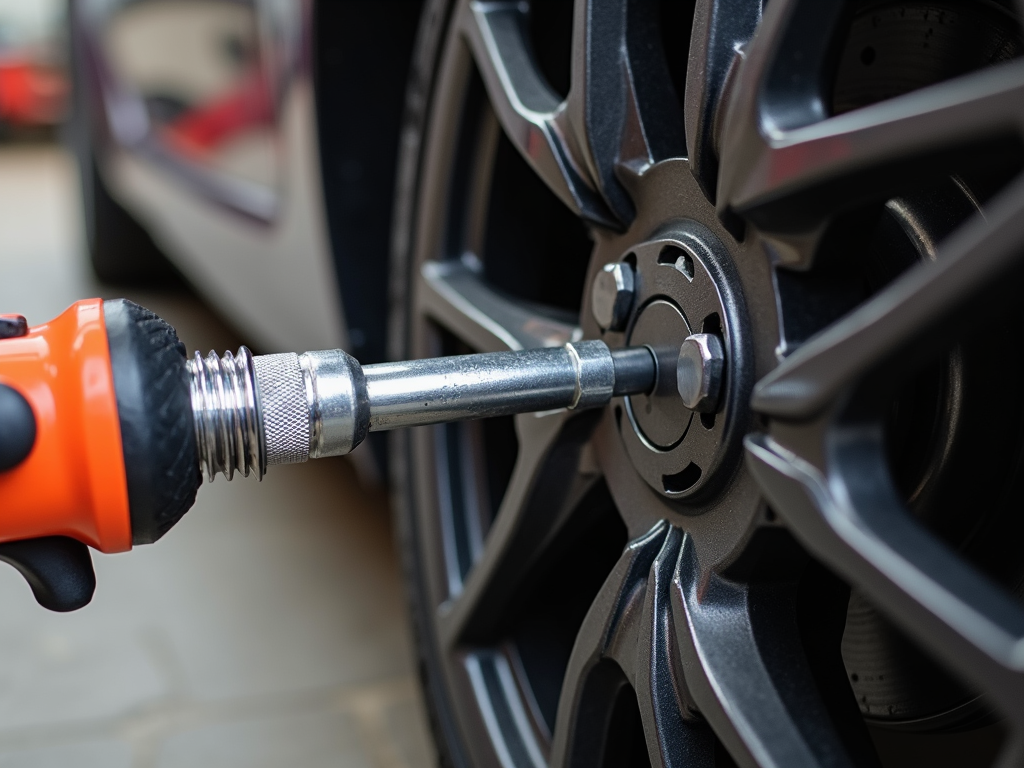
Pipe Wrench
A pipe wrench is a tough tool made for gripping and turning pipes or round objects. Its serrated jaws dig in for a firm hold.
How it works: Adjustable jaws tighten around the pipe. The teeth grip as you turn, preventing slips.
Best uses: It’s a go-to for plumbing—think installing pipes or water heaters.
My take: Helping a friend set up a water heater, this wrench locked onto the pipes tight, making the job smooth and secure.
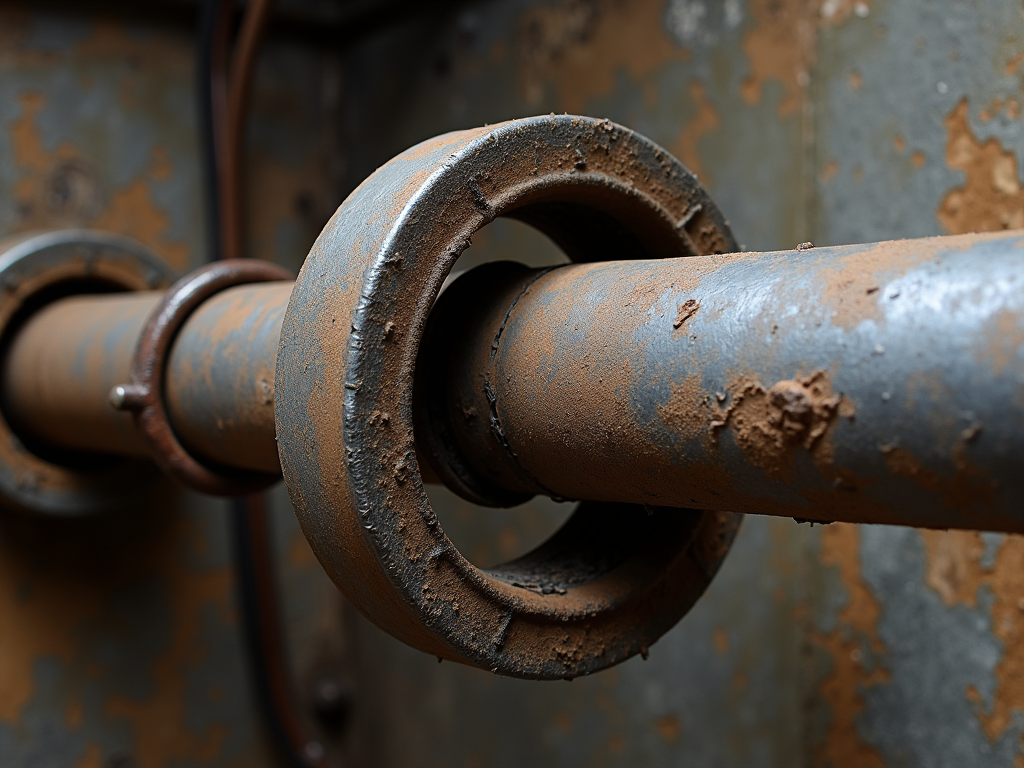
Allen Wrench
An Allen wrench, or hex key, is a small, L-shaped tool for screws and bolts with hexagonal sockets.
How it works: Its hex-shaped end fits into the fastener’s socket. Turn it to tighten or loosen.
Best uses: Great for furniture assembly, bike repairs, or electronics—anywhere space is tight.
My take: I keep a set handy for everything from bookshelves to bike brakes. They’re small but mighty.

Box-End Wrench
A box-end wrench has closed loops at both ends, each fitting a specific fastener size.
How it works: The loop slips over the nut or bolt, giving a tight grip that won’t slip off.
Best uses: Ideal for high-torque jobs like loosening stuck bolts on machines or cars.
My take: On car repairs, I lean on these for the extra leverage they offer over other wrenches.

Open-End Wrench
An open-end wrench has U-shaped ends that fit specific nut or bolt sizes.
How it works: Slide it onto the fastener from the side to turn it—perfect where a closed wrench won’t fit.
Best uses: Quick fixes or tight spaces, like under sinks or in engines, love this tool.
My take: Plumbing jobs get easier with these. They sneak into spots others can’t.
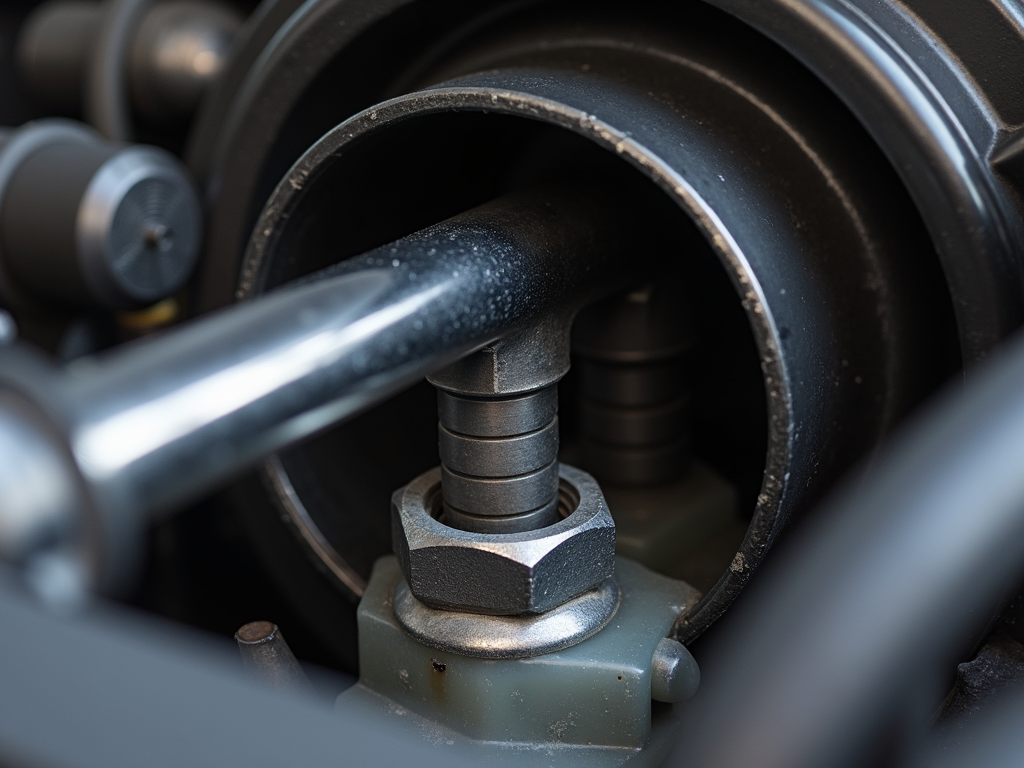
Combination Wrench
A combination wrench mixes a box-end on one side and an open-end on the other, both for the same size fastener.
How it works: Use the box-end for torque, the open-end for access—two tools in one.
Best uses: Versatile for car work, home repairs, or anything needing flexibility.
My take: I love these for cutting down on tools. Start with the open-end, finish with the box-end.
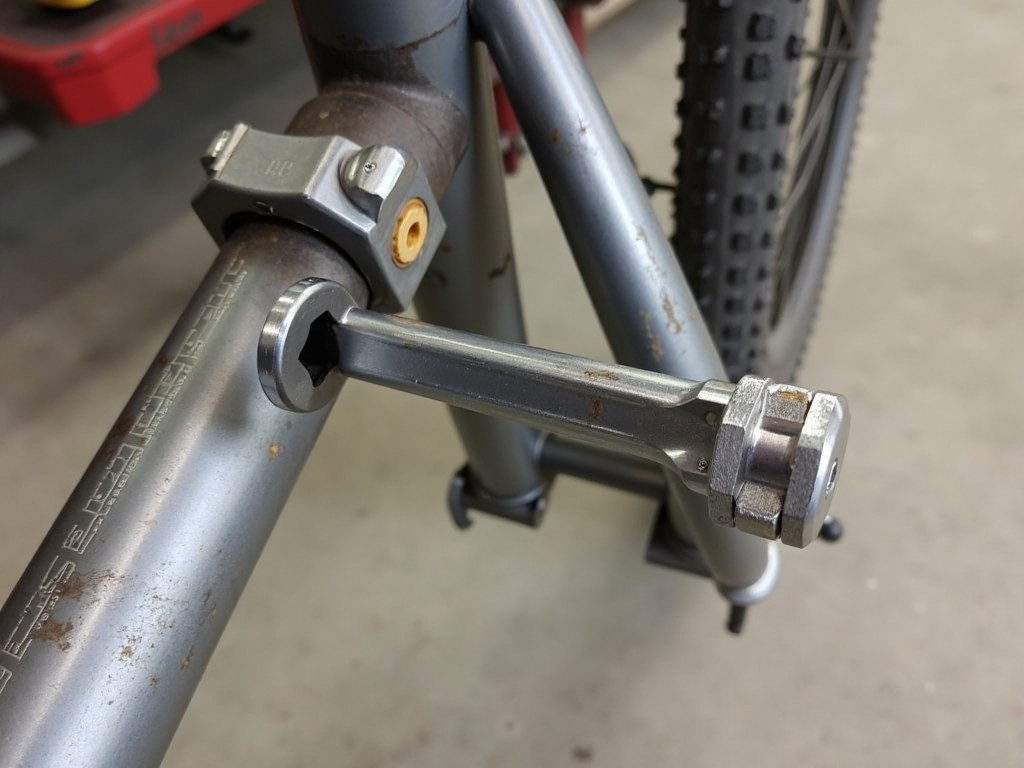
Strap Wrench
A strap wrench uses a flexible strap to grip objects without scratching them.
How it works: Wrap the strap—rubber or nylon—around the item, tighten, and turn the handle.
Best uses: It’s tops for oil filters, jar lids, or polished pipes you don’t want marred.
My take: Swapping a car oil filter, this wrench gripped it tight without a scratch.
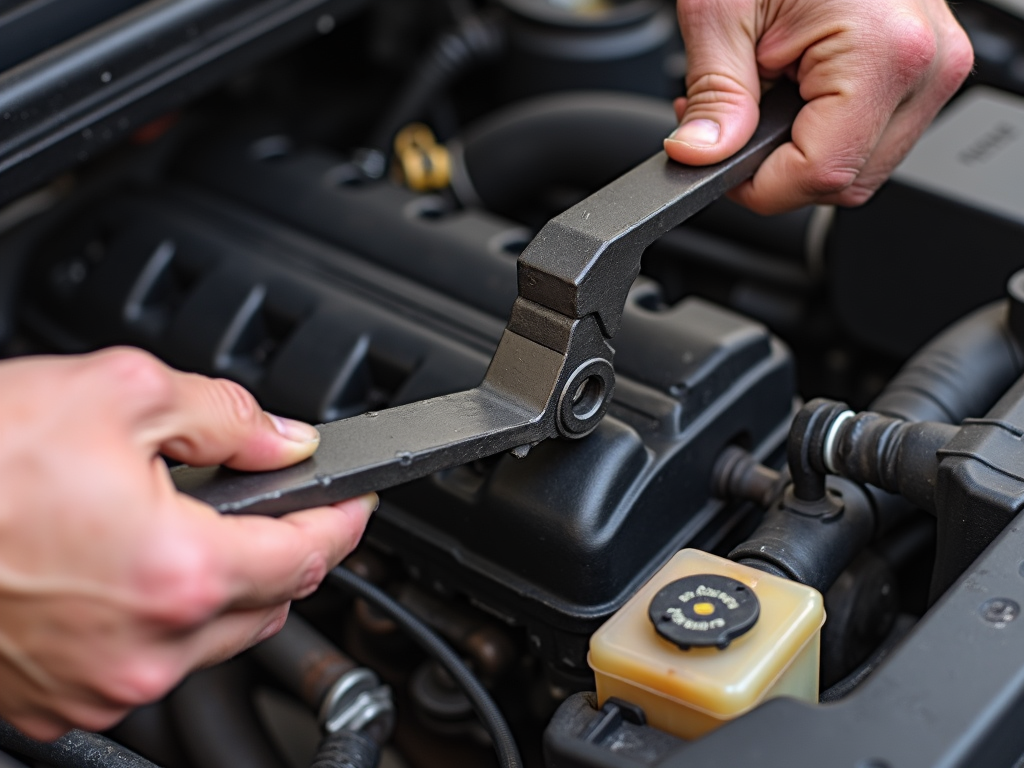
Basin Wrench
A basin wrench tackles faucets and plumbing fixtures in cramped spots, like under sinks.
How it works: Its long handle and pivoting jaw reach and grip nuts where hands can’t go.
Best uses: Installing or fixing faucets in tight spaces is its specialty.
My take: Renovating my bathroom, this tool saved me from awkward angles tightening faucet nuts.
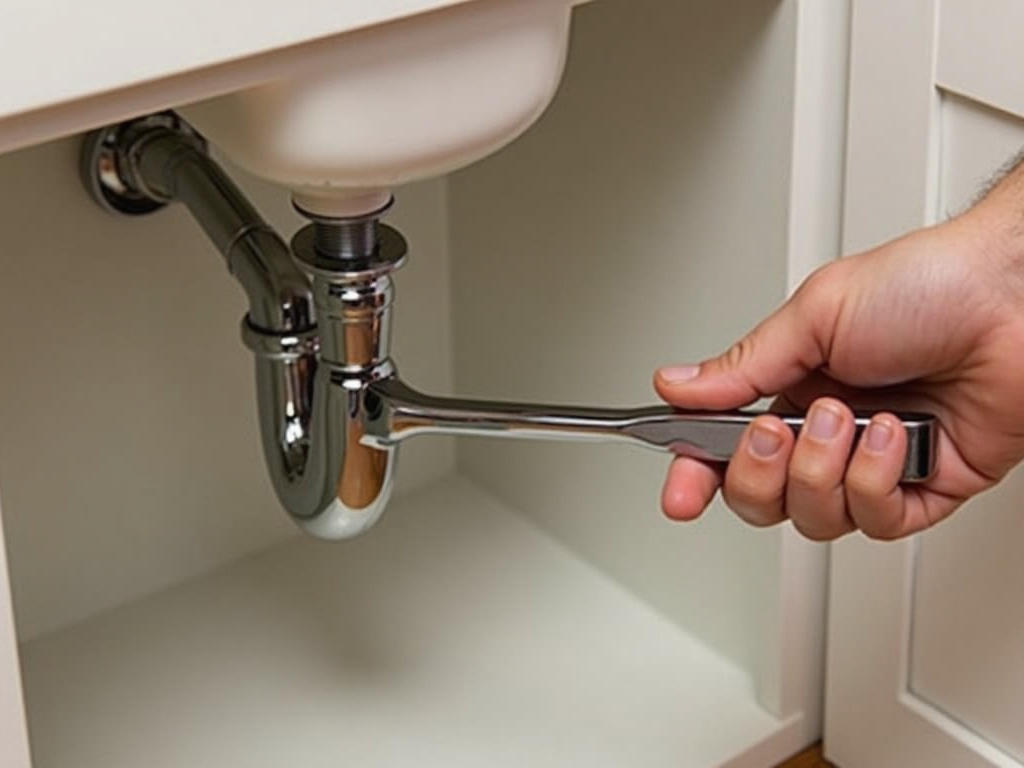
Impact Wrench
An impact wrench is a power tool that blasts high torque for fast, heavy-duty fastening.
How it works: Powered by air, electricity, or battery, it hammers rotational force onto fasteners.
Best uses: Think car lug nuts, construction, or industrial jobs needing speed.
My take: Changing a tire with one was a game-changer—lug nuts off in seconds.
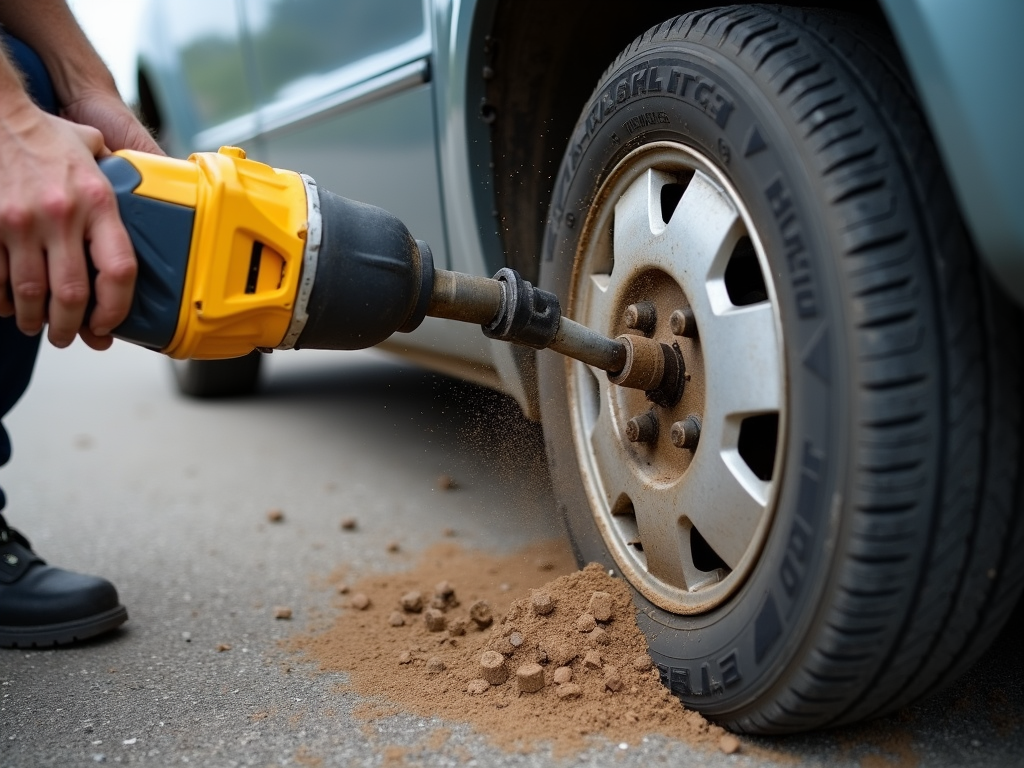
Choosing the Right Wrench
Picking the best wrench for the job matters. Here’s what to think about:
- Size: Match the wrench to the fastener to avoid slips.
- Access: Pick one that fits the space.
- Torque: Use a torque wrench for precision.
- Strength: Go for durable materials.
Get this right, and your work’s smoother and safer. See safety tips at OSHA: Hand and Portable Power Tools.
Maintaining Your Wrenches
Keep your wrenches in top shape with these steps:
- Clean them: Wipe off dirt and grease after use.
- Store smart: Use a dry toolbox or pegboard to stop rust.
- Check wear: Replace any with worn edges.
- Oil moving parts: Lubricate adjustable or ratchet wrenches.
Good care means they’re ready when you are.
Summary
Wrenches are key workman tools, and knowing the types of wrenches for different jobs boosts your efficiency. Whether it’s an adjustable wrench for odd tasks or a torque wrench for precision, each has a role. Choose wisely, maintain them well, and your projects will thrive.
Related types of wrenches for different jobs:
- Beginner’s Guide to Woodworking Safety
- Revolutionizing Industry: Advanced Electrical Tools for Automation
- The Ultimate Guide to Hand Tools
- Must-Have Wrenches for Every Toolbox
- Upgrading Your Home’s Electrical System
- Screwdriver Safety Tips for Beginners: Essential Guide for Safe Tool Use
- DIY Projects for Beginners: A Guide to Getting Started and Maintaining Your Tools
- How to Use Wrenches Safely: A Comprehensive Guide
- The Science Behind Power Washers: How They Work
- Top Workman Tools: Brands You Need to Know
- Advanced Techniques for Workshop Organization
- The Ultimate Guide to Tool Belts with Built-in Storage
